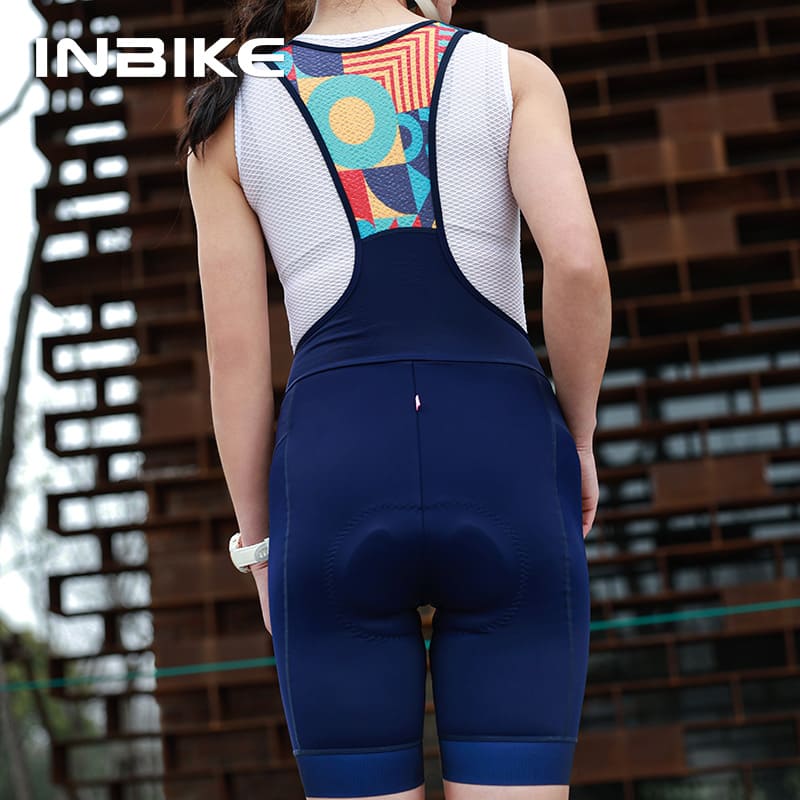Essential Padding: The Key to Comfortable Cycling Shorts
An often overlooked yet critical component of cycling shorts is the chamois pad. While factors like fit, fabric and aesthetics are important, the pad is arguably the most essential element that determines comfort during cycling. The pads in cycling shorts have come a long way from the early days of basic foam and minimal padding. Today’s high quality cycling short pads use advanced shaping, multi-density foam, seamless construction and antibacterial treatments. For cyclists logging serious mileage, choosing shorts with a high performance pad should be the number one priority.
Why is the pad so important? It serves multiple roles while cycling. It provides padding to protect sensitive areas from chafing and irritation. It absorbs vibration and impact from the road. It wicks away moisture and sweat. It prevents overheating through airflow channels. A quality pad achieves all of these functions with minimal bulk and seamless comfort, making it a seamless extension of your body while riding.

The padding in high quality cycling short pads uses variable thickness foam to eliminate pressure points. Thicker foam over the sitting bones and ischial tuberosities prevents bone bruising on longer rides. The perineum area uses thinner, softer foam to prevent chafing and increase comfort. New variable density and perforated foams mold to the body while allowing airflow and moisture evaporation.
Pad shaping is also an important factor. An anatomical shape designed specifically for different sexes helps the pad fit the body correctly when riding in an aggressive aerodynamic position. Cut-outs and channels prevent the pad from bunching and overheating. The front panels of women’s pads are often narrower with extra protection padding integrated.
The fabric layers covering the pad also enhance comfort and performance. A perforated outer layer allows heat and sweat evaporation. Next, a soft microfiber layer prevents chafing. Finally an antibacterial layer protects sensitive skin and prevents odors. Seamless wraparound construction ensures seam-free contact between skin and pad.

So how can you evaluate which cycling short pad will work best for your body and riding style? Here are key factors to consider:
Padding thickness – Variable thickness provides protection where needed without unnecessary bulk.
Density/firmness – Multi-density foam offers cushioning and support. Firmer padding over sit bones prevents bruising.
Shape – An anatomical and gender-specific shape ensures a better fit.
Fabrication – High quality wrapped construction with no seams prevents chafing.
Airflow – Perforations and channels allow ventilation and sweat evaporation.
Bacteria protection – Antibacterial fabrics and treatments help prevent odors.
Fit – The pad should integrate seamlessly with the short without looseness or bunching.
It’s also important to choose a pad that matches the intensity and duration of your rides. Long endurance rides require greater padding and protection. Frequent high intensity riders may prefer less bulky padding that still offers support. Testing different cycling short pads across brands is the best way to determine which works best for your physiology and riding style.

While good cycling shorts don’t have to be expensive, the pad is one area where it pays to invest in quality. Premium pads deliver lasting performance mile after mile. Cheaper pads often lack shaping, ventilation and antibacterial treatments which can lead to discomfort and irritation over longer rides. Quality pads also maintain their performance and resilience after repeated washings, extending the lifespan of your cycling shorts.
So while the technical fabrics and cool colors of cycling shorts garner the most attention, it’s the humble pad inside that truly defines comfort on the bike. The next time you shop for cycling shorts, be sure to evaluate the pad quality first before considering looks and brand names. Prioritizing a well designed, high performance pad will help ensure your shorts feel as great as they look while you rack up the miles in optimal comfort.

